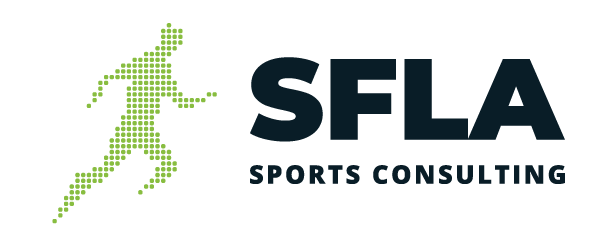By Demetris Constantinou, Contributor
College sports have been part of the American reality since the late 19th century when the Yale rowing team competed against the Harvard rowing team to what marked the beginning of an era: the era of college sports. Nearly 170 years have passed since then, but one thing remained the same, college athletes have never been able to use their image rights to benefit monetarily, up until recently.
The National Collegiate Athletic Association, also known as the NCAA, has throughout the decades dismissed the idea of college athletes being able to put their name and brand to commercial use. Specifically, the organization cites its non-profit status as the cornerstone of this approach, highlighting that college sports embrace the concept of amateurism and physical well-being. Nevertheless, this concept of amateurism has lost its credibility since college sports, such as football and basketball, have turned into massive money-making machines that are far from ‘pure amateurism’. To put things in perspective, “the total athletics revenue reported among all NCAA athletics departments in 2019 was $18.9 billion”[1]. Of that amount, nearly $1 billion was generated during the period of March Madness, one of the most popular sporting events in the United States every year. Statistics like the above, in combination with studies assessing the Fair Value of student-athletes to $1.5 Million per player[2] triggered the student athlete community to mobilize and seek what they thought was fair, their ability to use their brand and image to their benefit.
The battle over the commercialization of college athletes’ image rights gained steam around 2009-2010 with consecutive lawsuits being filed against the NCAA, CLC and EA Inc. In 2009, Edward O’Bannon, a former college basketball star, sued the NCAA for the commercial use of his image for years after he had won the national championship in 1995. O’Bannon demanded to be compensated for the use of his image and suggested that it was unfair for the NCAA to profit using his name while he did not receive a dime. Several other former student-athletes joined the lawsuit, marking this event as one of the most high-profile cases in the realm of college sports. About a year later, in 2010, Samuel Keller and Ryan Hart sued EA Inc. and the NCAA in separate lawsuits, demanding compensation for the use of their image in the EA NCAA Video Games. Similar to O’Bannon, Hart and Keller both argued that it did not make sense for an organization, namely EA Inc., to be profiting over their names while they didn’t enjoy any of the benefits that their image and brand encompassed.
While all of the cases above ended up being settled between the plaintiffs and the defendants, their clamor was far from over as many believe that they laid the groundwork to what became a reality in California’s 2019 “Fair Pay to Play” law. Simply put, the California law was described as “the beginning of the end of the second-class citizenship NCAA Sports imposes on college athletes”[3], paving the way for college athletes to monetarily benefit from their image and likeness. The law was clear, college athletes in California would be allowed to profit from their name, image and likeness, overruling decades of the NCAA’s attempt to treat college-athletes as amateurs that simply embrace physical well-being. The bill generated national attention with NBA stars such as Lebron James and Draymond Green acting as its ambassadors and pushing for its universal adoption.
The series of events outlined above, marked a decade of struggles for the college athlete community who through litigation and conversation, on September 24th, 2020 managed to achieve the introduction of a historic bill in the U.S. House of Representatives. The Bleacher Report described it as “a bipartisan bill that would give college athletes the right to make money of their name, image and likeness”, [4]which is essentially what college-athletes have always been fighting for, their ability to profit from the use their image rights. While this bill is far from finalized, it marks the beginning of a new era for student athletes and it’ll be interesting to see the extent to which student athletes will be able to profit from their image rights and what the ramifications will be for all the involved stakeholders, namely the NCAA, the student athlete community and the world of college sports in general. It’s expected that the NCAA will push back, trying to add constraints to this legislation while the student-athlete community will keep pushing forward, asking to be treated as employees, securing their benefits and ensuring stable salaries.
While the outcome of the above remains undetermined, we encourage anyone interested in college sports to keep a close eye as the years to come will prove crucial to what will eventually become the status quo in the college sports industry.
[1]Finances of Intercollegiate Athletics: http://www.ncaa.org/about/resources/research/finances-intercollegiate-athletics#:~:text=The%20total%20athletics%20revenue%20reported,in%202019%20was%20%2418.9%20billion
[2] An All-Encompassing Primer on Student-Athlete Name, Image and Likeness Rights: https://digitalcommons.liberty.edu/cgi/viewcontent.cgi?article=1175&context=lu_law_review
[3] California will allow college athletes to profit from endorsements under bill signed by Newsom: https://www.latimes.com/california/story/2019-09-30/college-athlete-endorsement-deals-ncaa-california-law
[4] College Athletes’ Image Rights Bill Introduced into the US House of Representatives: https://bleacherreport.com/articles/2910554-college-athletes-image-rights-bill-introduced-into-us-house-of-representatives

